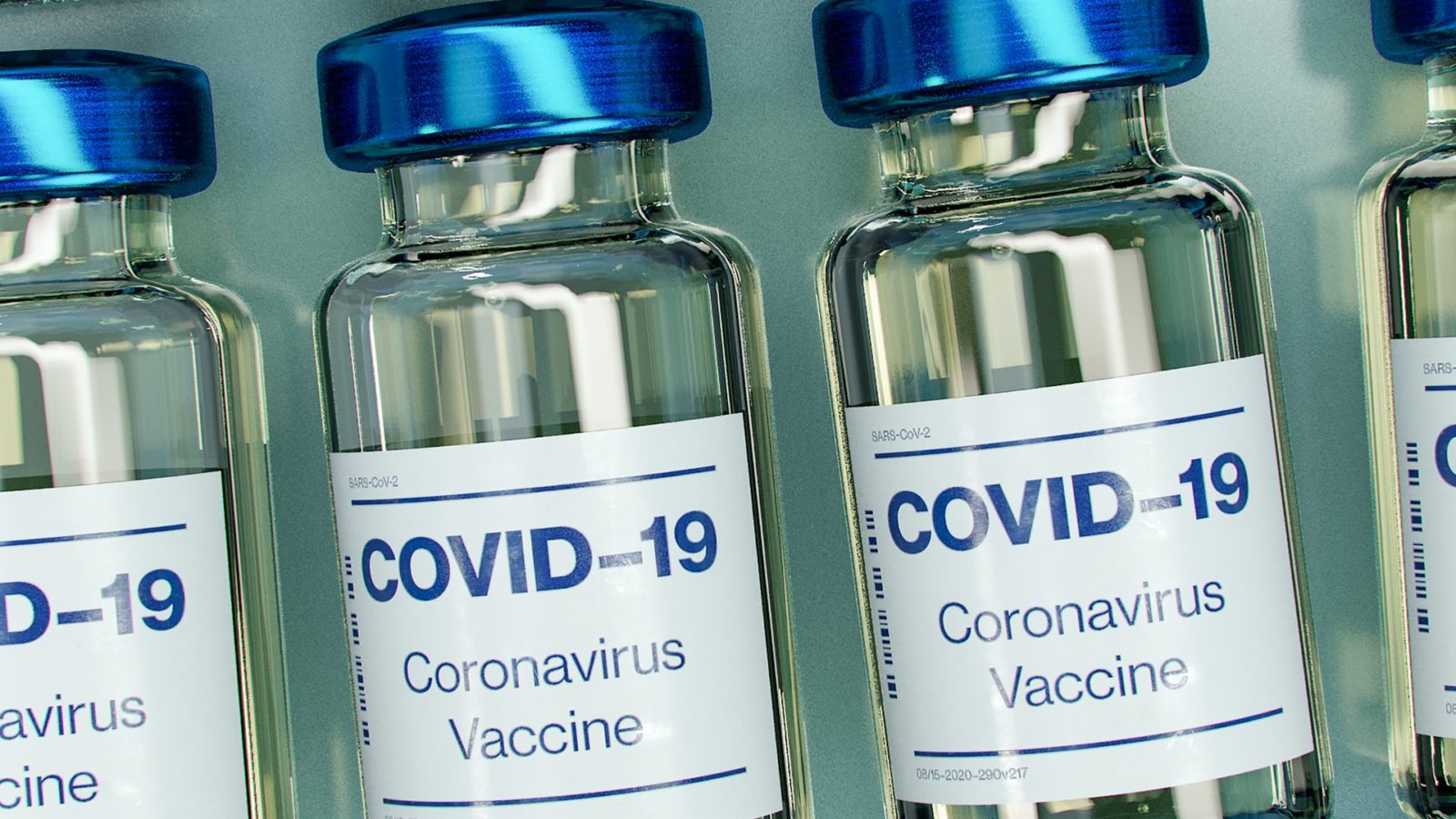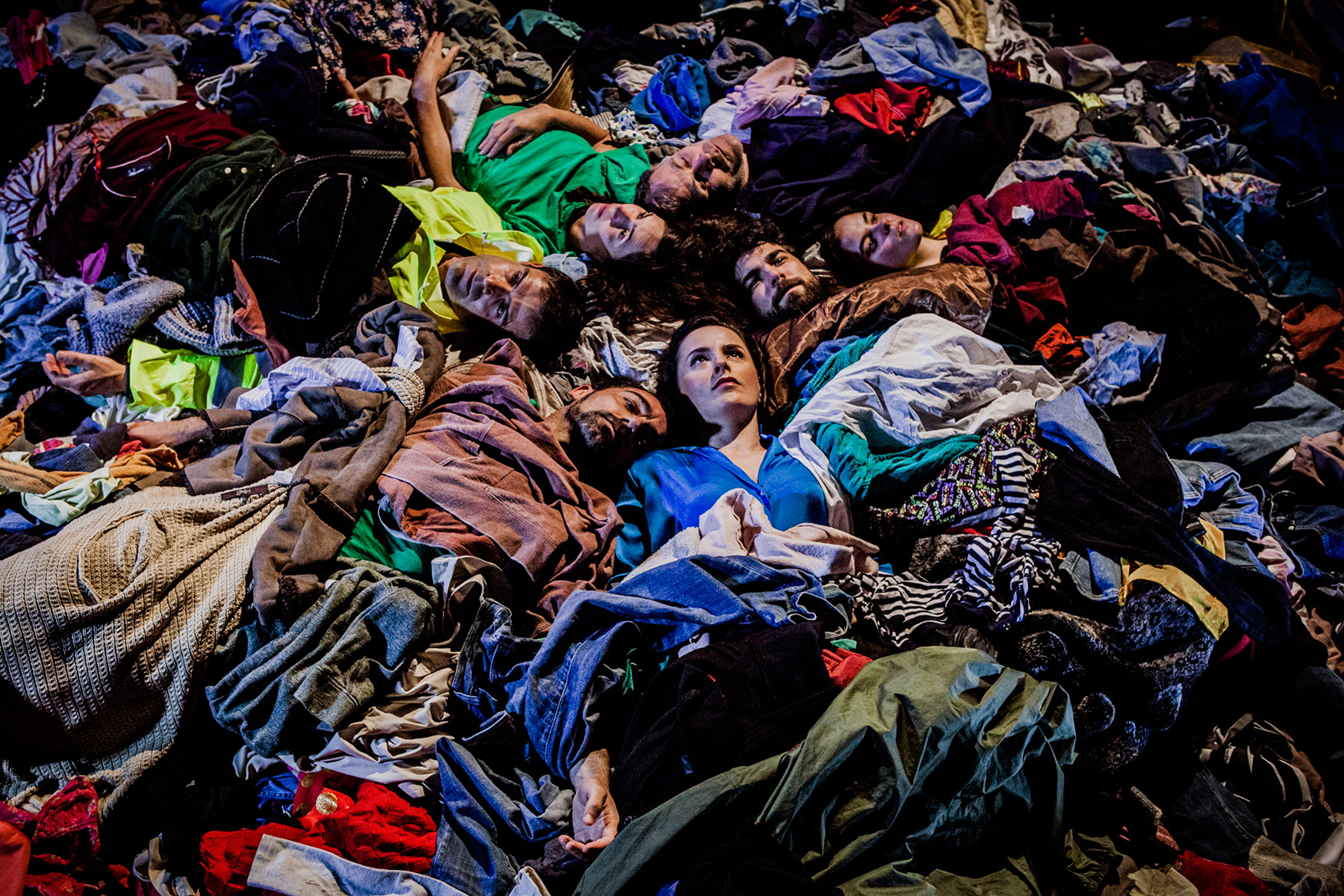Coronavirus Emergency Keywords
- The coronavirus infection that has started in Wuhan (China) and has already spread internationally has generated not only many questions, but also a wave of information. However, along with quality communication, disturbances, misunderstandings and fake news have also spread. Certain concepts should therefore be clear:

Coronavirus
Coronavirus is a group of viruses that bring together many species. They are formed by RNA, protein capsid and envelope, and through the electron microscope you see a crown structure (hence its name).
They are common in birds and mammals and cause respiratory tract diseases in many species, including humans, such as the common cold. However, occasionally, much more dangerous species appear, including those that caused severe acute respiratory syndrome (SARS) in 2002, which caused Middle East respiratory syndrome (MERS) in 2012 and the new coronavirus that has now appeared in China (2019 Novel Coronavirus, 2019-nCoV).
Zoonoses
Zoonoses are diseases transmitted from animals to humans. Almost two out of three infectious agents that affect us humans are zoonotic, as well as SARS, MERS and the viruses that have now caused a health emergency.
Both SARS and MERS were originally from the bats, through which they launched to another species (cibeleta and camel, respectively) and reached humans. Being novel to us, the immune system has no capacity for resistance, hence its ability to damage.
In the case of the 2019-nCoV virus, the first studies suggest that the snake can be the original deposit. Some researchers immediately doubted this, as so far all coronaviruses have been found in mammals and birds. Now, another study shows that the SARS virus is very similar (79.5% of the genome is the same) and comes from bats.
Pandemic
The epidemic is called a pandemic that spreads around the world or in a very large territory. An example of this are the 1918 flu in the past and AIDS today.
For the pandemic to occur, the virus, in addition to being anti-new to humans, must be able to transmit it from person to person. In particular, a person with a virus of animal origin can become infected, but if he is unable to infect another person, the chain is interrupted.
It has been proven that the new coronavirus is passed from person to person in particles carried in the air and on the skin (in the hands). On the contrary, its duration on objects and surfaces is not long, so commercial products are not polluted.
International emergency situation
On 30 January 2020, the World Health Organization (WHO) declared a state of international emergency to prevent the damage that could be caused by the arrival to countries with vulnerable health systems. China also supported measures to limit the epidemic and reduce the risk of contagion, and called on other countries to remain vigilant and to be prepared to take the necessary measures.
In addition, he ordered the continued transparent and collaborative research on the identification of the virus, its diagnosis, treatment against the virus and the development of the vaccine.
Mortality and mortality
The mortality rate indicates the number of people who die in a given population for a period of time. On the contrary, case-fatality indicates the number of deaths of infected people.
The trend of the new coronavirus is not yet well known. When compared to seasonal flu, for example, it should be noted that a large part of the population is infected with the flu virus and that most do not get sick or overcome the symptoms caused without serious sequelae.
On the contrary, people infected with the new coronavirus are not so numerous (17,391 on 3 February, according to the WHO), and cause fewer deaths than the flu in the global population as a whole (362 in China, all but one). However, among those infected, the virus has been found to have a higher mortality rate than the flu. In any case, at the moment it is less than the MERS virus, for example.
R0 number
The R0 number indicates the number of people who infect a sick person. It is an average that, if it is greater than 1, means that the disease will spread. The larger the number, the faster it will expand.
Calculating the R0 number is not easy, as many factors influence and change over time. Some sources have released several R0 numbers of the new coronavirus, but the WHO indicated that it is between 1.4-2.5 (a week before the state of emergency is declared).
The key to reducing the number of R0 are vaccines, as they reduce the number of people who can be infected. Despite ongoing efforts to develop the new coronavirus vaccine, they do not expect to reach it before a year.
Antiviral
While several research groups are working to get the vaccine, other labs are already testing antiviral therapies against the virus. Some of them are already used to cure diseases caused by other viruses. For example, in Wuhan himself, combinations of antivirals used against HIV (Lopinavir and Ritonavir) have been tested. Another antiviral, Remdesivir, was used against MERS and is expected to be effective in dealing with the 2019-nCoV virus. Others are entirely new and the tests will now begin.























